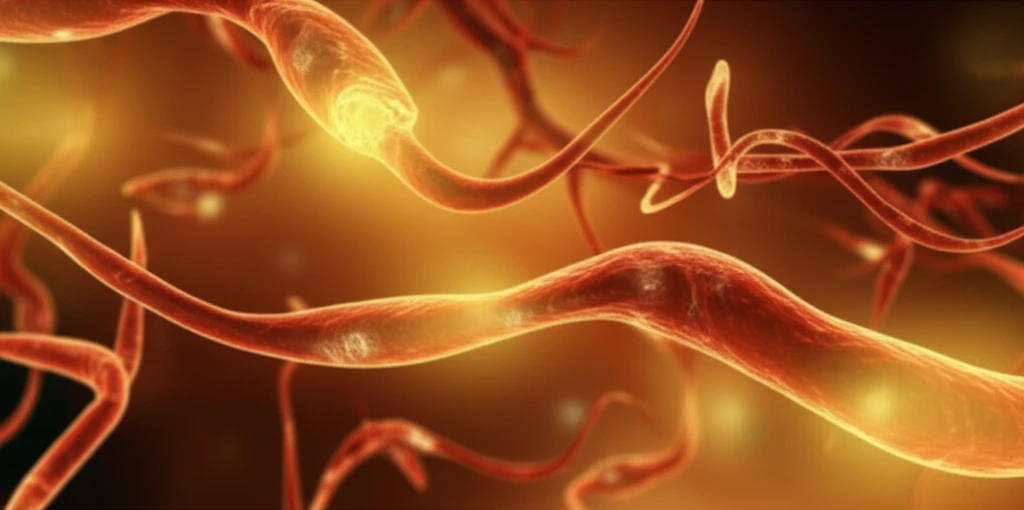
Unlock Bone Regeneration: How Platelet Growth Factor Can Help
"A breakthrough study reveals the power of Platelet-Derived Growth Factor-BB (PDGF-BB) in enhancing bone marrow stem cell therapy, offering hope for improved bone repair and regeneration."
Reconstructing bone defects resulting from trauma or surgery remains a significant challenge. Bone marrow stromal cells (BMSCs) have emerged as a promising cell source for bone regeneration due to their regenerative potential. Combining BMSCs with growth factors like bone morphogenetic proteins (BMPs) and vascular endothelial growth factor (VEGF) further enhances this regenerative capacity.
Platelet-derived growth factor (PDGF), particularly the PDGF-BB isoform, plays a crucial role in tissue repair and regeneration. However, PDGF's short half-life limits its effectiveness. Researchers are actively exploring ways to maximize PDGF's benefits in stem cell-based bone regeneration.
A recent study investigated the effects of genetically modified BMSCs that overproduce PDGF-BB. The findings shed light on how PDGF-BB regulates BMSC function, promoting vascularized bone regeneration. This article delves into the study's methodology, results, and implications for future bone repair strategies.
PDGF-BB: The Key to Enhanced Bone Regeneration

The study's findings demonstrated that PDGF-BB significantly impacts bone regeneration by:
- Boosting Osteogenic Differentiation: PDGF-BB promotes the differentiation of BMSCs into osteoblasts, the cells responsible for forming new bone.
- Inhibiting Adipogenic Differentiation: PDGF-BB suppresses the formation of adipocytes (fat cells) in bone marrow, which can hinder bone regeneration.
- Promoting Angiogenesis: PDGF-BB stimulates the migration and formation of new blood vessels (angiogenesis) by endothelial cells, which is essential for delivering nutrients and oxygen to the regenerating bone tissue.
The Future of Bone Repair: Harnessing the Power of PDGF-BB
This research highlights the potential of PDGF-BB as a therapeutic target for enhancing bone regeneration. By genetically modifying BMSCs to overproduce PDGF-BB, researchers were able to significantly improve bone repair in a rat model.
These findings pave the way for developing novel stem cell-based therapies for bone defects and fractures. Future research will focus on optimizing PDGF-BB delivery methods and exploring its potential in combination with other growth factors and biomaterials.
Ultimately, harnessing the power of PDGF-BB could lead to more effective and less invasive treatments for bone injuries, improving the lives of countless individuals.
